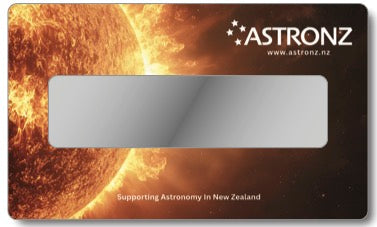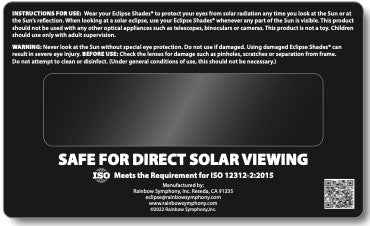Partial Solar Eclipse – New Zealand, 22 September 2025
For best views to see the eclipse you will need to be in a location where you have a clear eastern horizon. The eclipse has started as the Sun rises due east, with maximum eclipse happening less than one hour after sunrise.
| Location | Sunrise | Maximum Eclipse | Partial Eclipse End | Maximum Coverage |
|---|---|---|---|---|
| Kaitaia | 6:17 AM | 6:52 AM | 8:00 AM | 58% |
| Auckland | 6:10 AM | 6:55 AM | 8:05 AM | 61% |
| Napier | 6:02 AM | 7:01 AM | 8:12 AM | 64% |
| Wellington | 6:11 AM | 7:04 AM | 8:15 AM | 66% |
| Christchurch | 6:19 AM | 7:08 AM | 8:19 AM | 69% |
| Dunedin | 6:27 AM | 7:12 AM | 8:23 AM | 72% |
| Invercargill | 6:36 AM | 7:13 AM | 8:23 AM | 73% |




